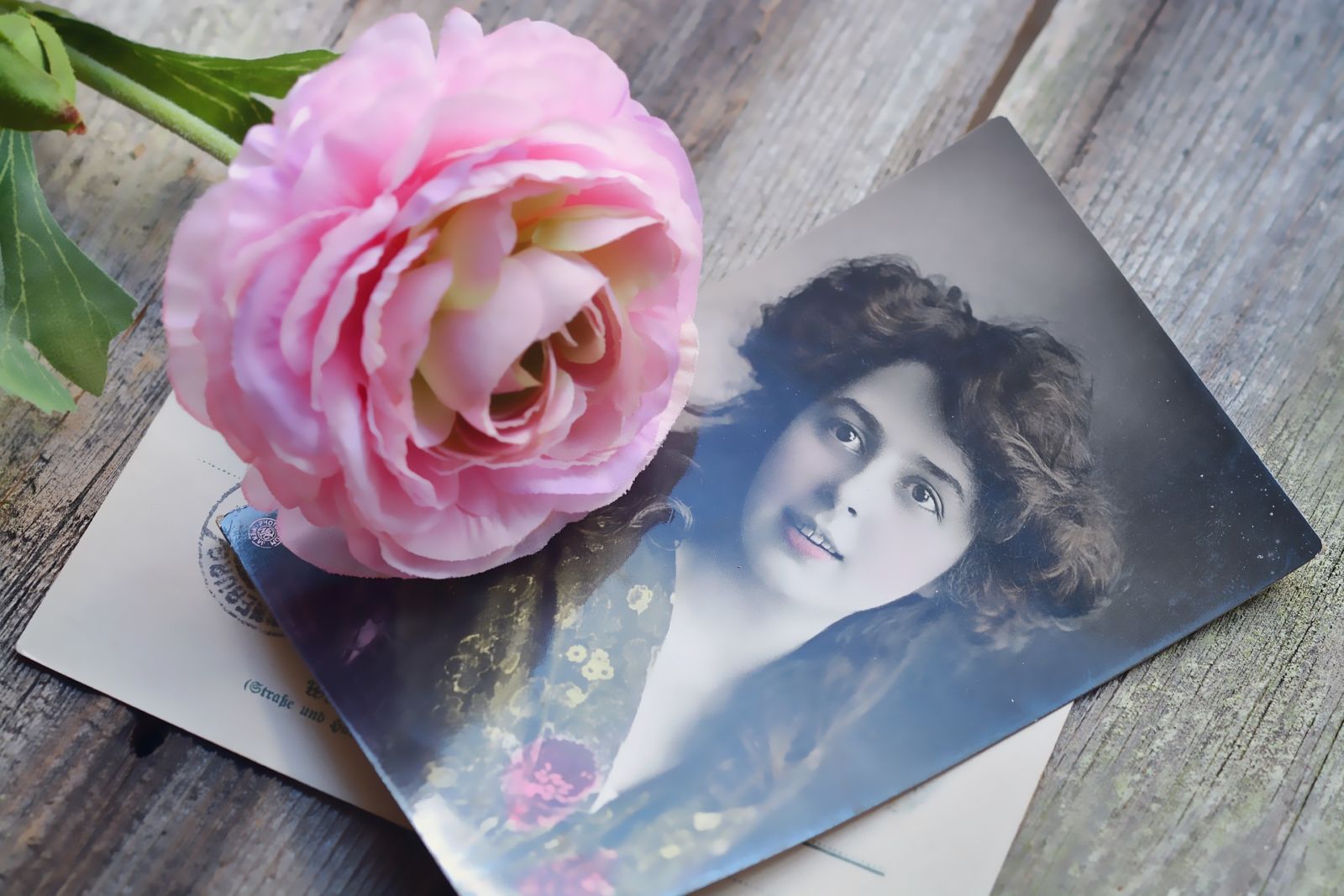How does tarot work?
How does tarot work? I used to believe that during a tarot reading, while 'blindly' choosing the cards, we intuitively knew how to pick the right cards from the tarot deck. I was therefore very surprised that the cards I picked myself or my clients almost always applied to the person in question or the question that had been asked beforehand.
Now that I have learned more about psychology, I know that it is not intuition that leads us (blindly) to certain cards, but that the images on the cards - only after these are turned over - stimulating the intuition. Intuition is thus put to work only at the moment the card is viewed.
Because everyone has had different experiences over the years and therefore different memories are stored in the subconscious for that reason, everyone reacts differently to a particular image. Have ten people look at the same card separately and they all see something different in it.
While there are guidelines for interpreting the maps, the so-called basic meaningsbut the fact remains that everyone perceives something different in the images. I therefore advise anyone who wants to learn to work with the tarot to listen to their own feelings when interpreting the cards. This way, your own personal interpretations are never 'wrong'. After all, what you see in the cards corresponds to the feeling they give you and vice versa; what you feel is what you see in them.
How does the tarot work?
Again; the images on the cards trigger the subconscious, so to speak. They give you a certain feeling about certain insecurities, doubts, fears, sadness or even (suppressed?) anger, which you are currently dealing with.
This can be compared to the stains of the Rorschach test that the psychiatrist or psychologist shows his clients, in which everyone also sees something different according to their own experiences.
This inkblot test is based on the human tendency to project emotions onto objects or shapes (so in this case, stains).
Someone who has ever had a traumatic experience is likely to see something different in a spot than someone who has not had such an experience. This is due to the fact that our brain is always looking for recognition. For things from the environment (or in images) that remind us of something we have seen before.
Subconsciousness and intuition
In the spot test, the psychologist or psychiatrist tries to understand the client's deeper personal traits and impulses based on the client's interpretations. The reason he does not simply ask the person in question how they feel or what they are struggling with is because people are generally not fully aware of the way they think and act, let alone why they do this.
Certain behaviour (perhaps after a past event) has simply crept in over the years. The person in question is probably not even aware of this, any more than he is aware of whether he is displaying this behaviour to protect himself or, on the contrary, to react to something.
Having to 'have' a spontaneous reaction to certain spots or other images can bring more clarity here and make the unconscious conscious.
So too when seeing a tarot card. This is because the subconscious responds directly to something you see, thereby making the unconscious conscious again. This 'obligatory' response also suppresses the (conscious or unconscious) tendency of the interviewee to pretend to be different from what he is, or to force an answer based on what he thinks the questioner wants to hear from him.
The tarot confronts you with yourself, which is why the answers you get through these special cards are (almost) always correct. The tarot speaks the language of your subconscious.
Tarot consultation by someone else
If you have your tarot cards read by someone else, this too is done on the basis of the Forer effect. You will also relate what the tarotist sees in your cards and how he or she interprets the cards for you to your own situation. The tarot reader will ask you questions based on the cards which will start a conversation and the missing pieces of the puzzle will eventually fall into place naturally. That is when you, the client, will receive the answers to your questions.
Reading tip: When I took up tarot myself as a girl of 15 learned from my grandmother, I have benefited enormously from Hajo Banzhaf's books as a supplement. The books below are therefore highly recommended for those who want to learn more about tarot and get started with it straight away.

